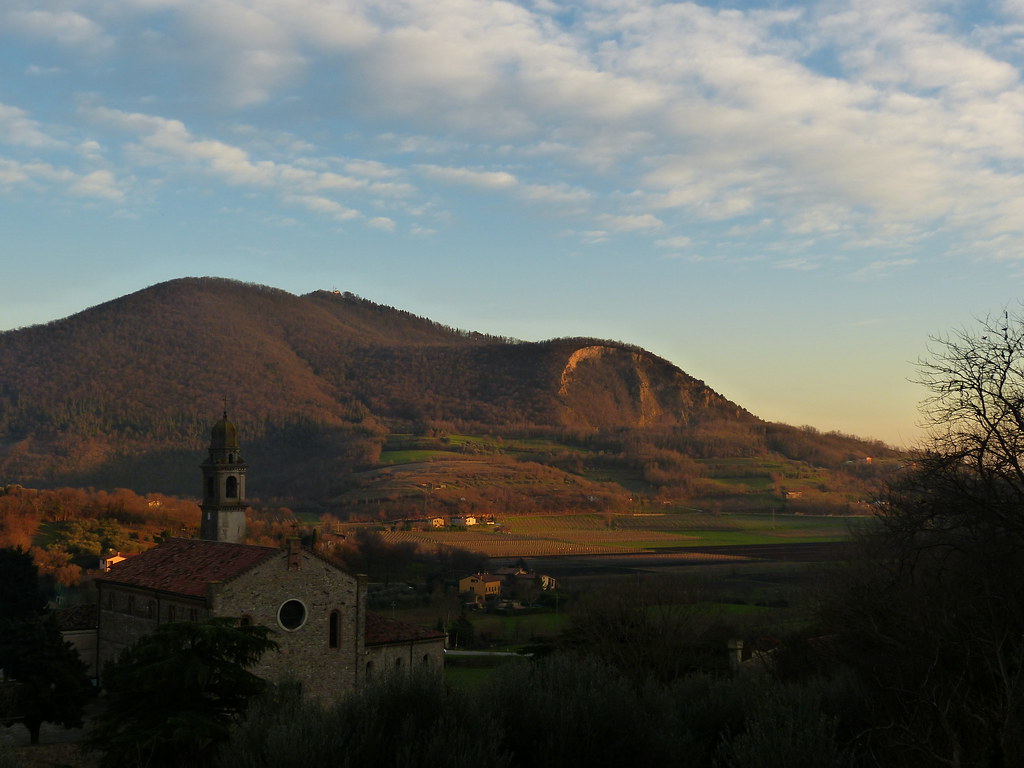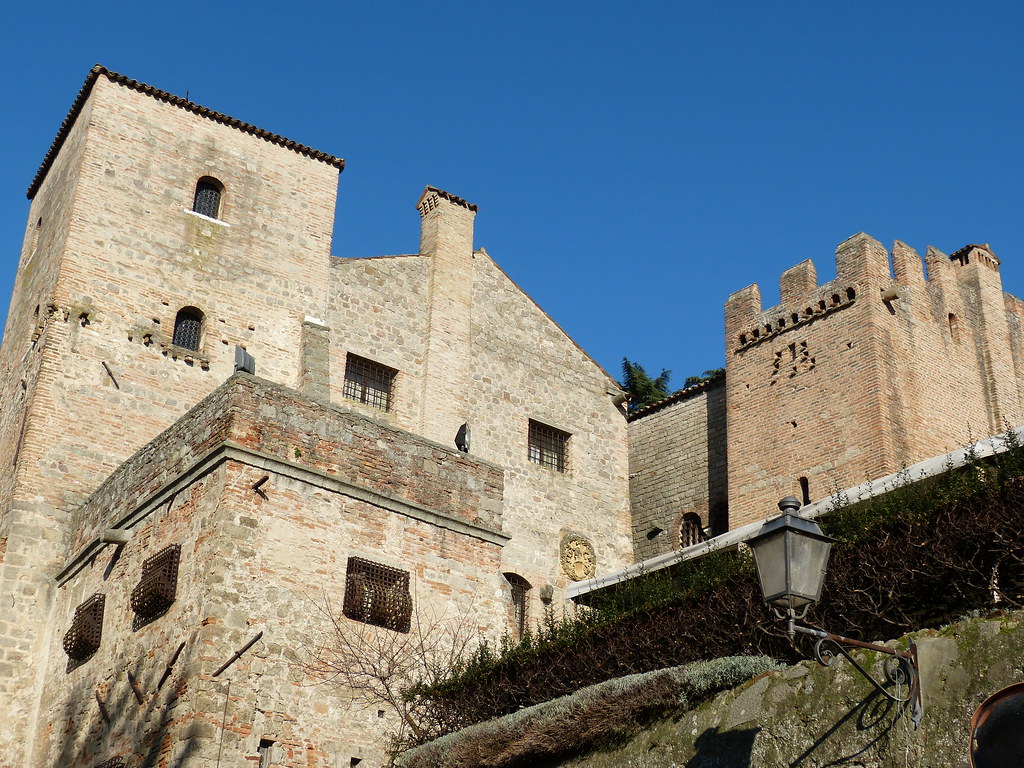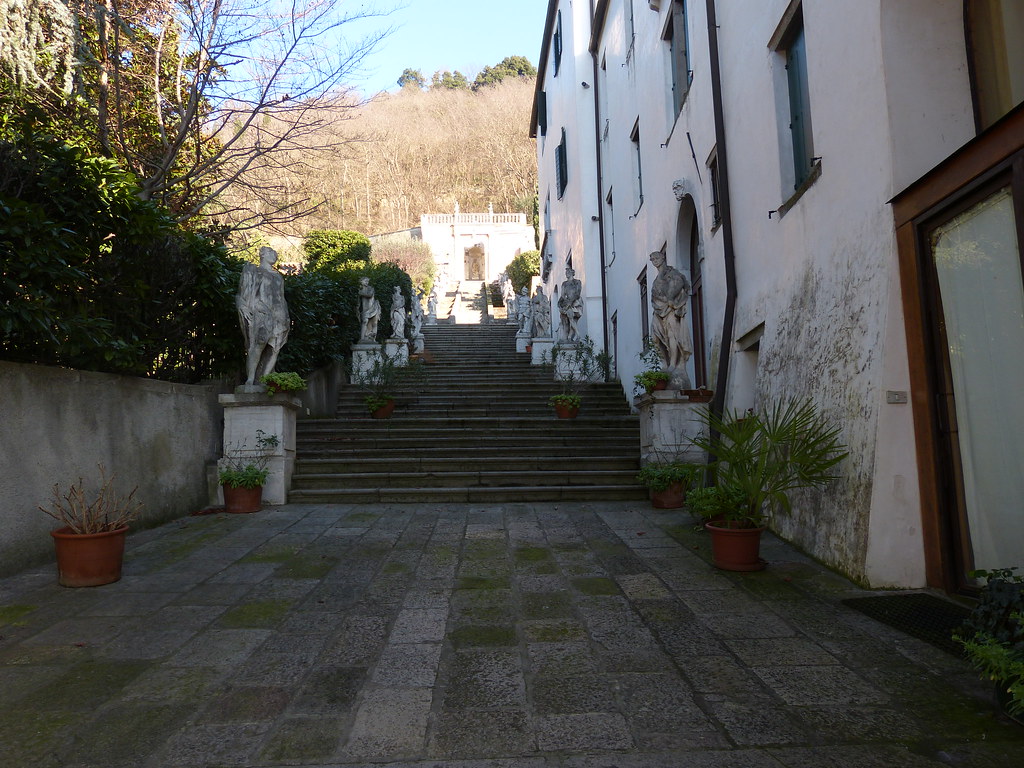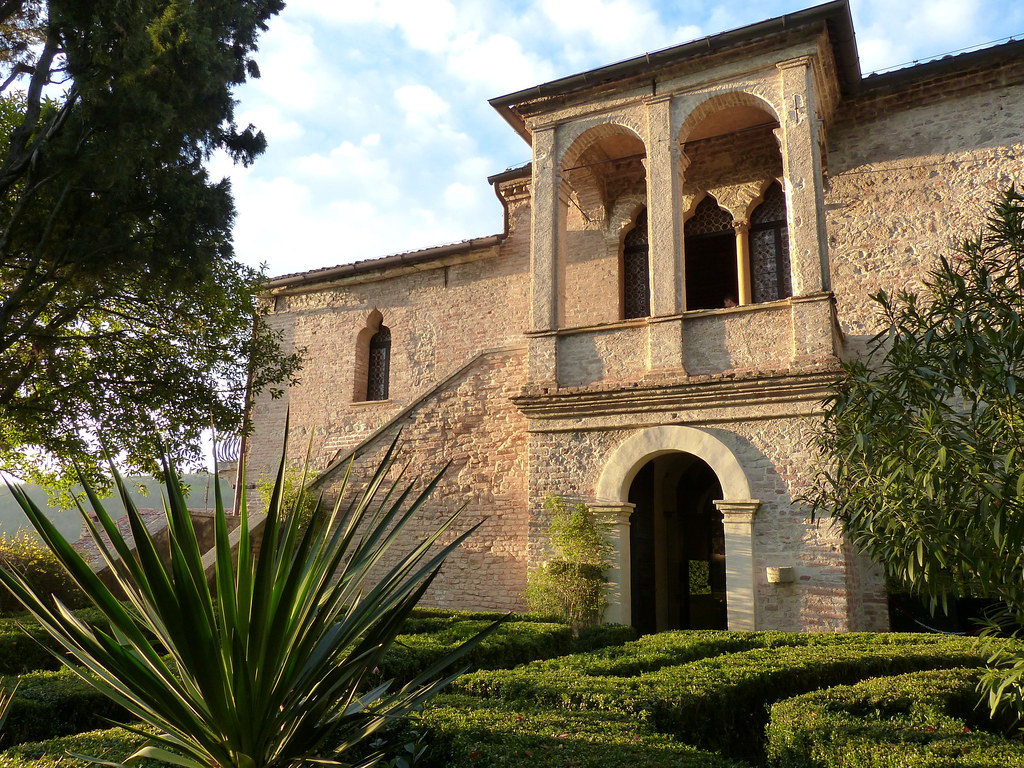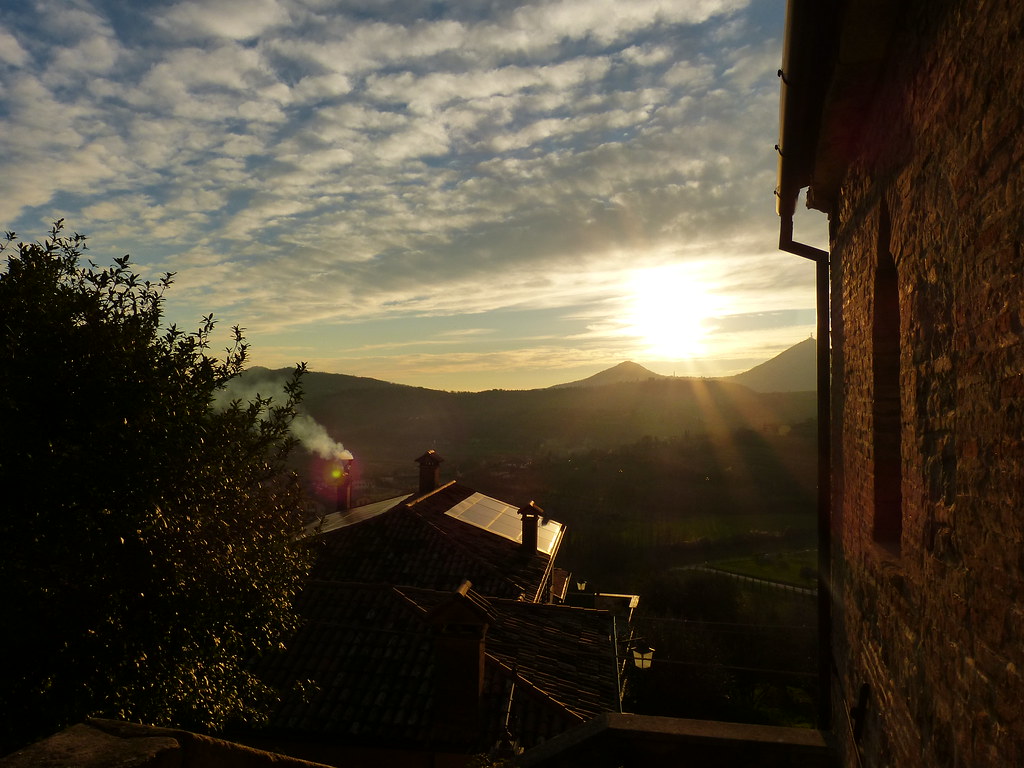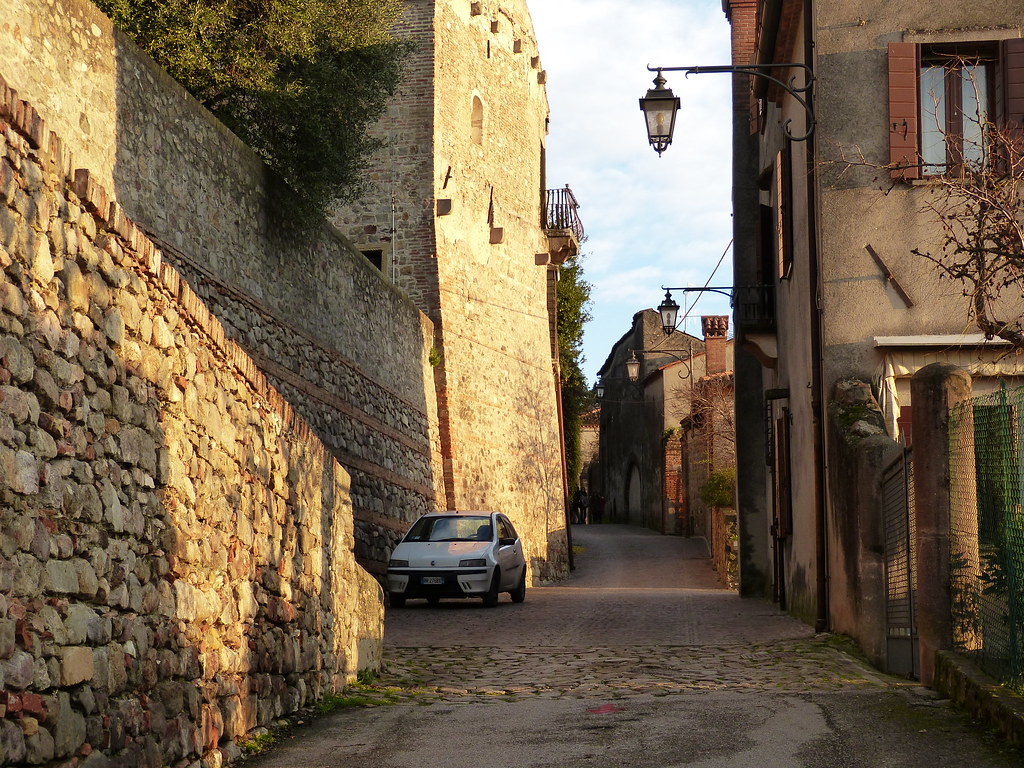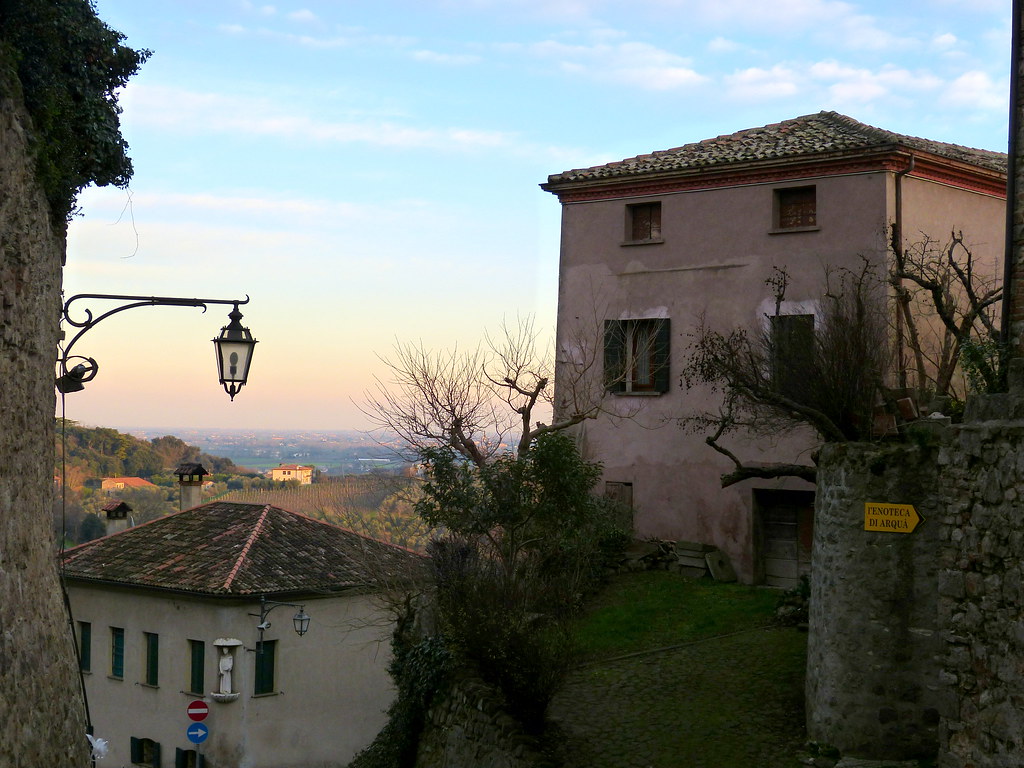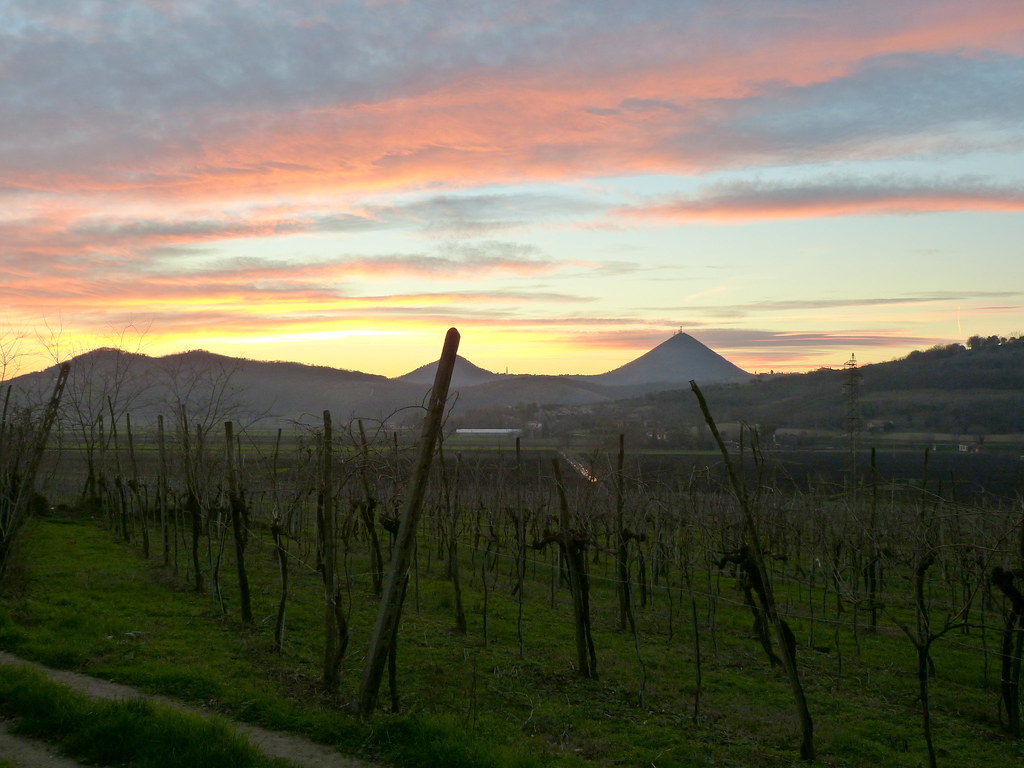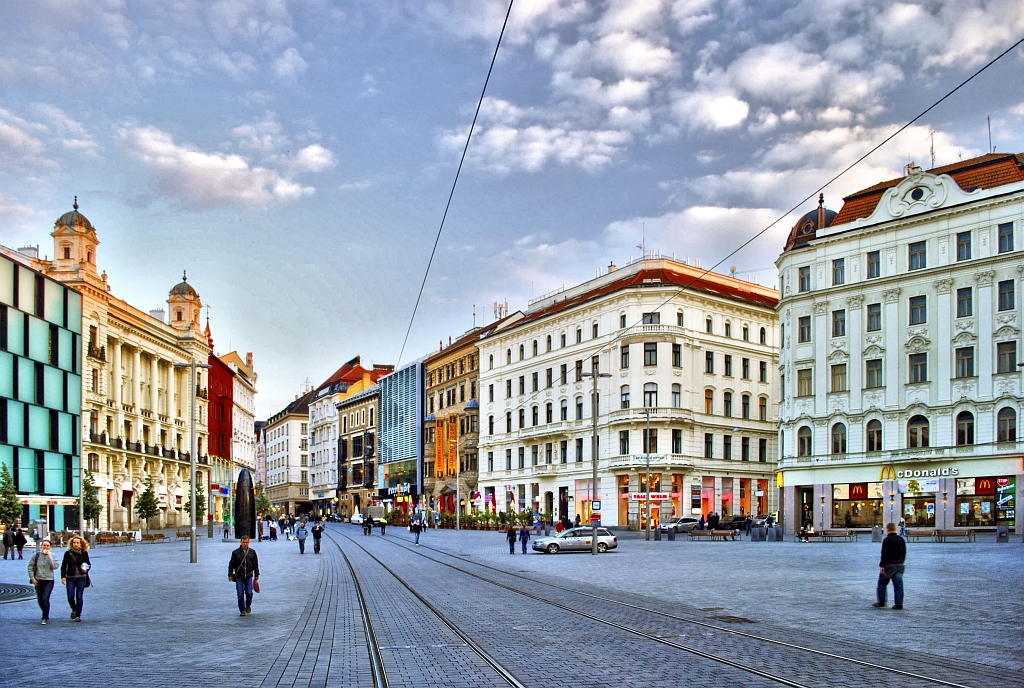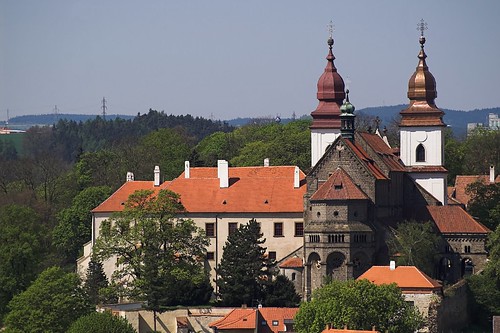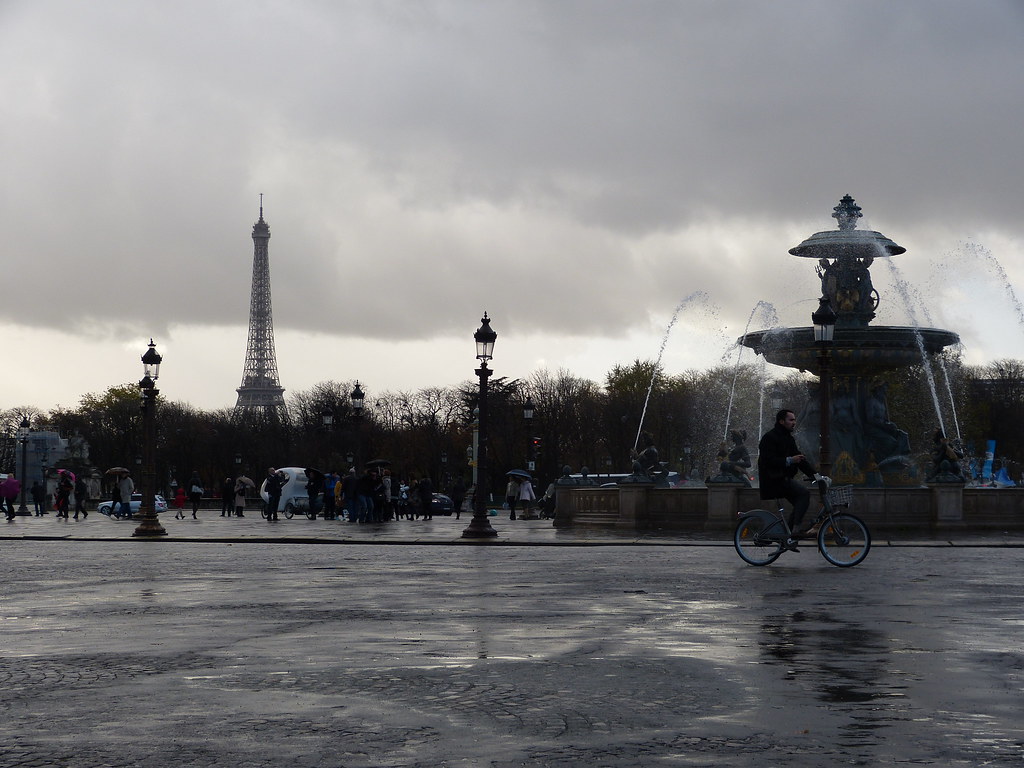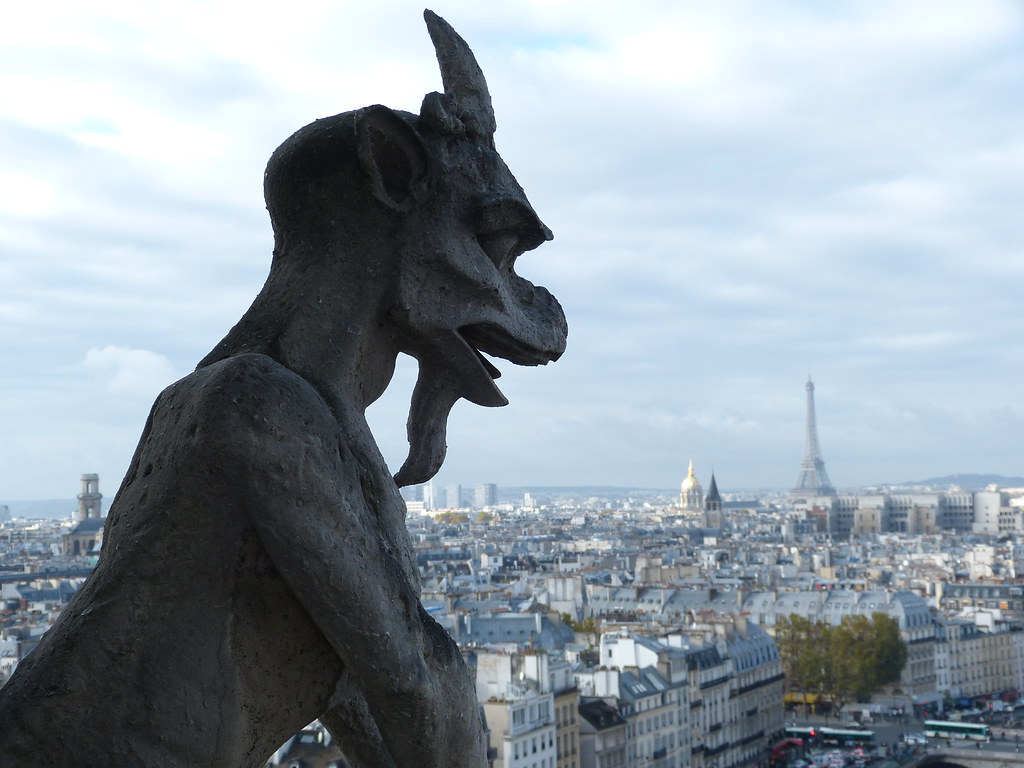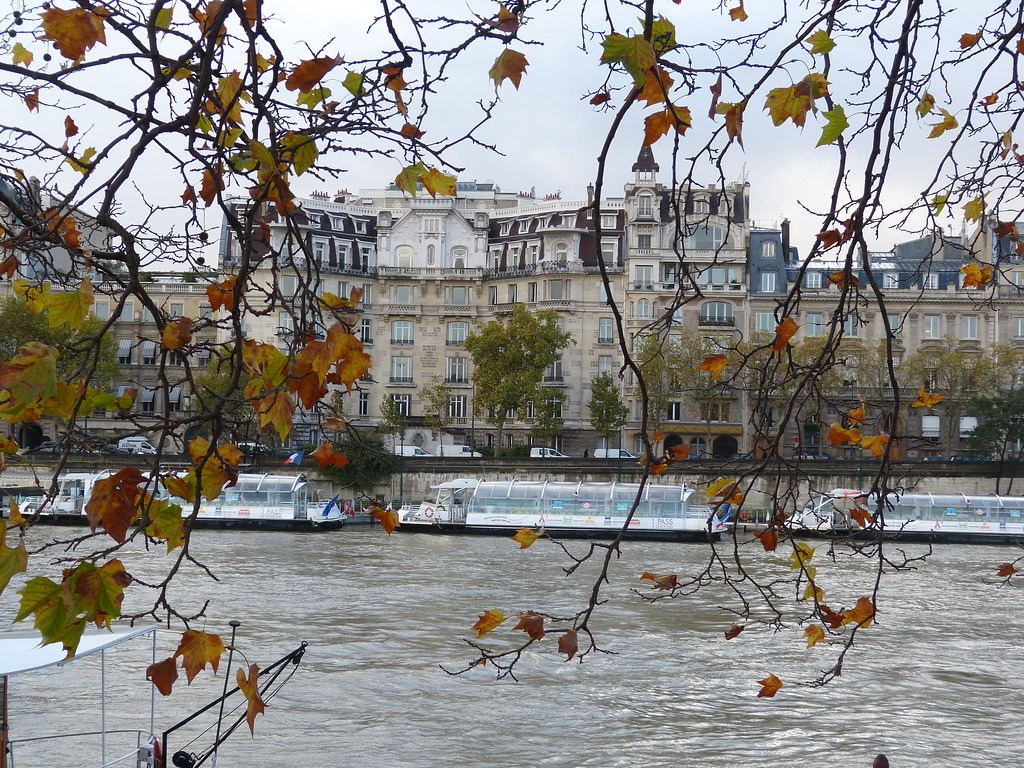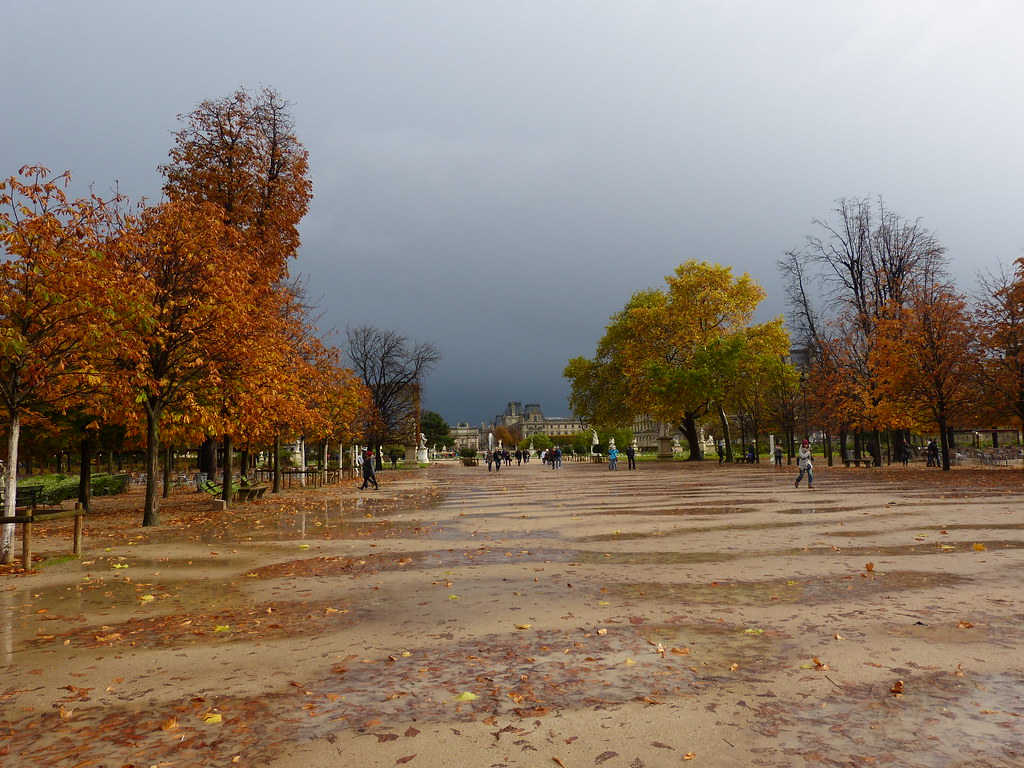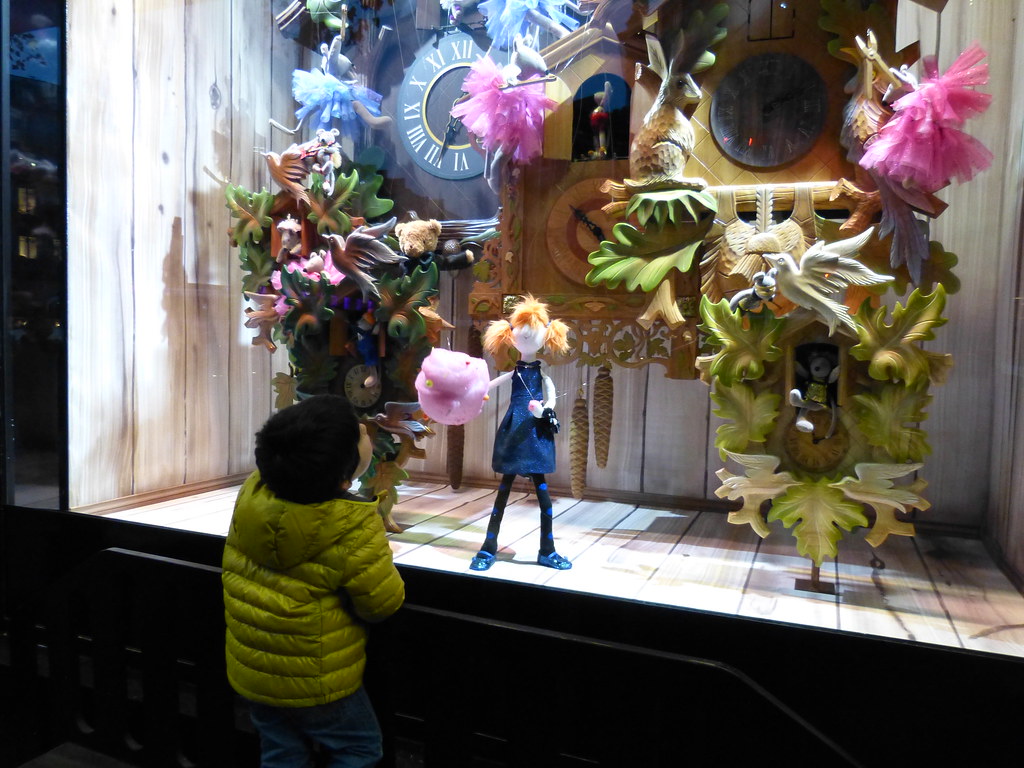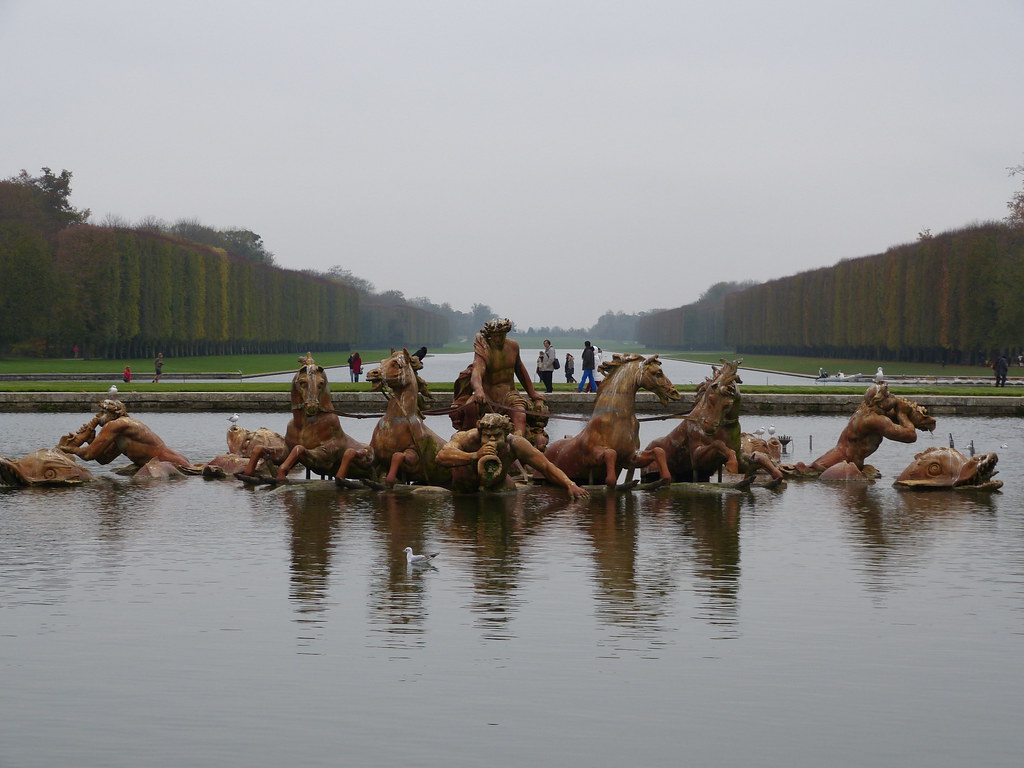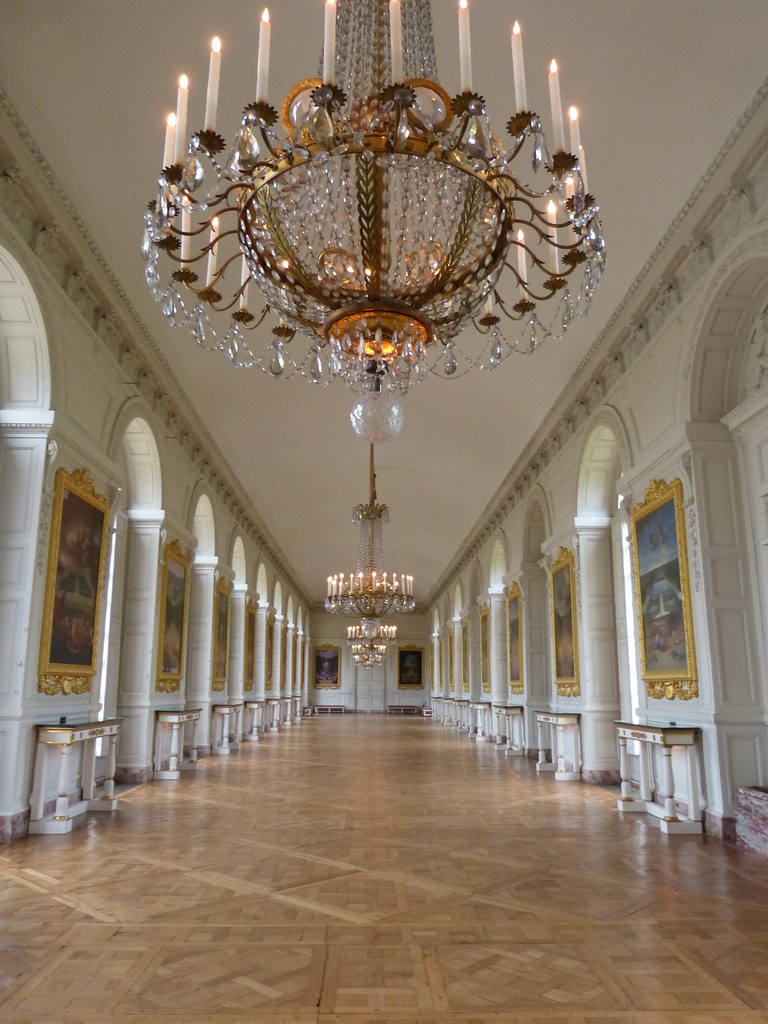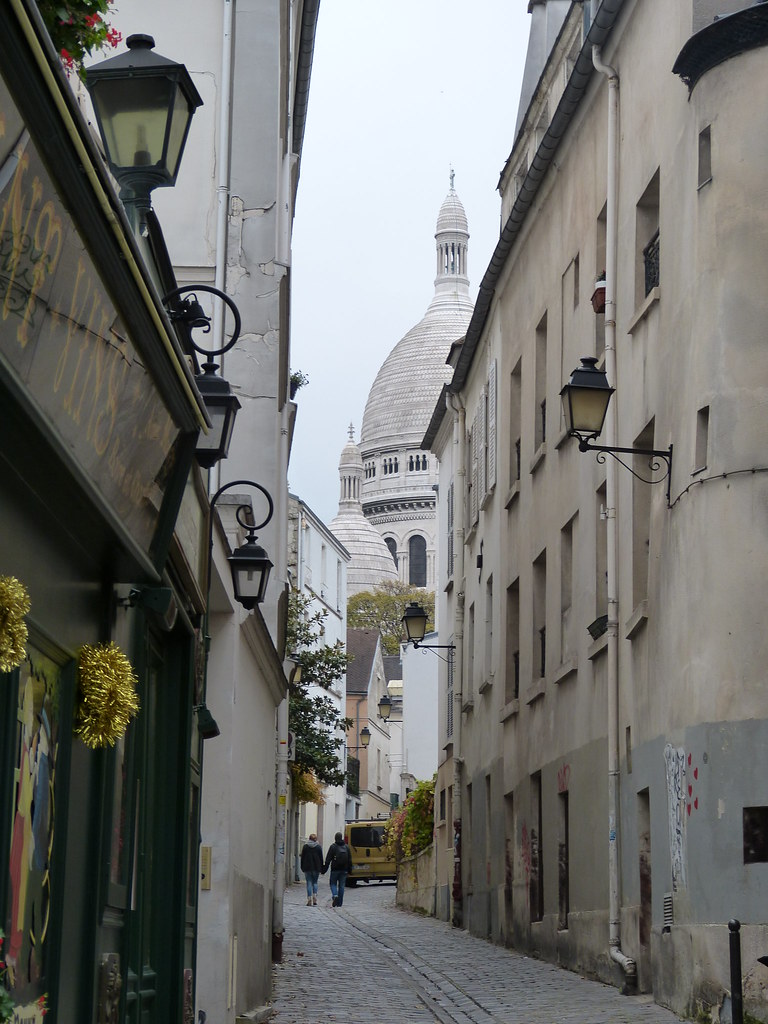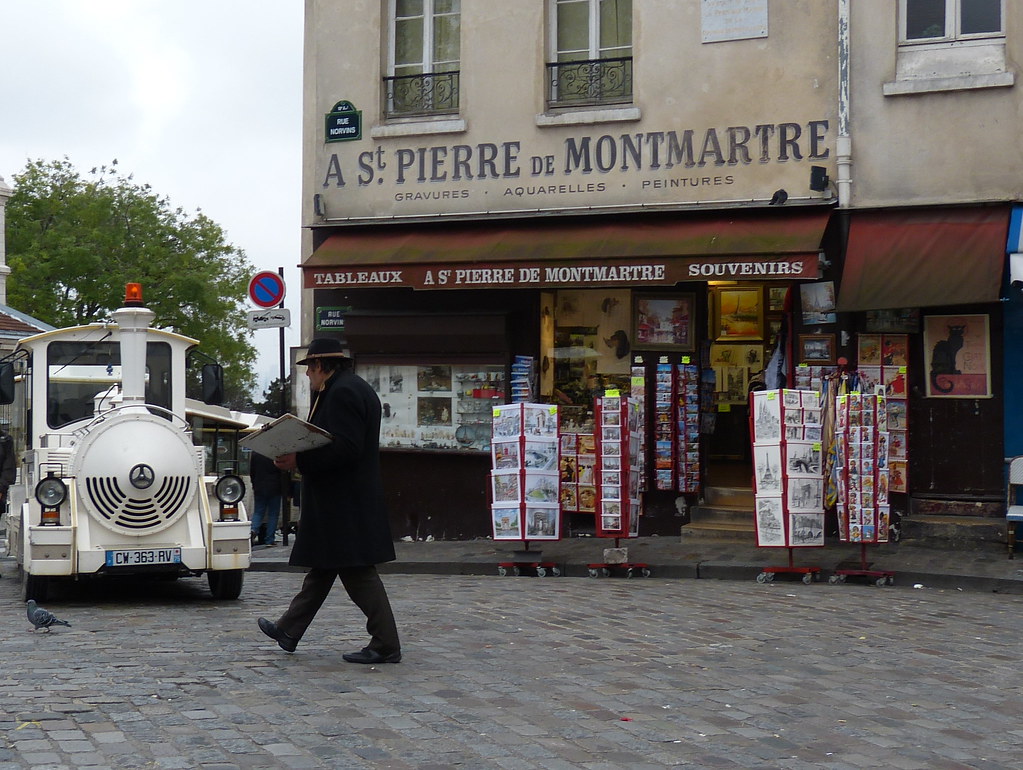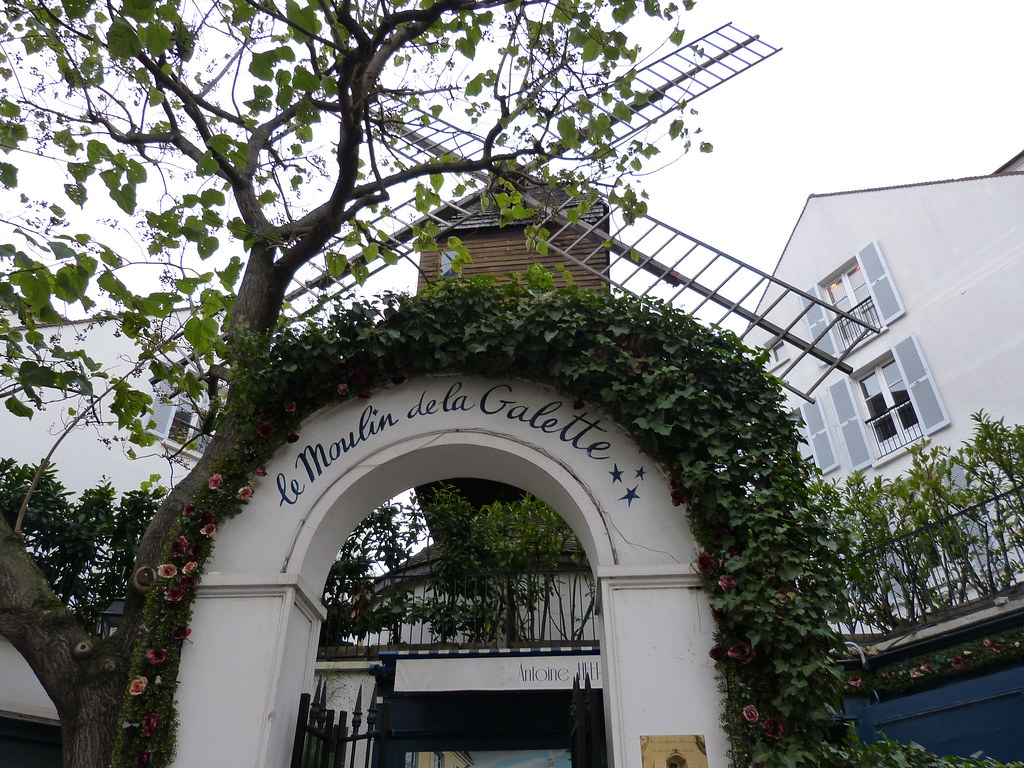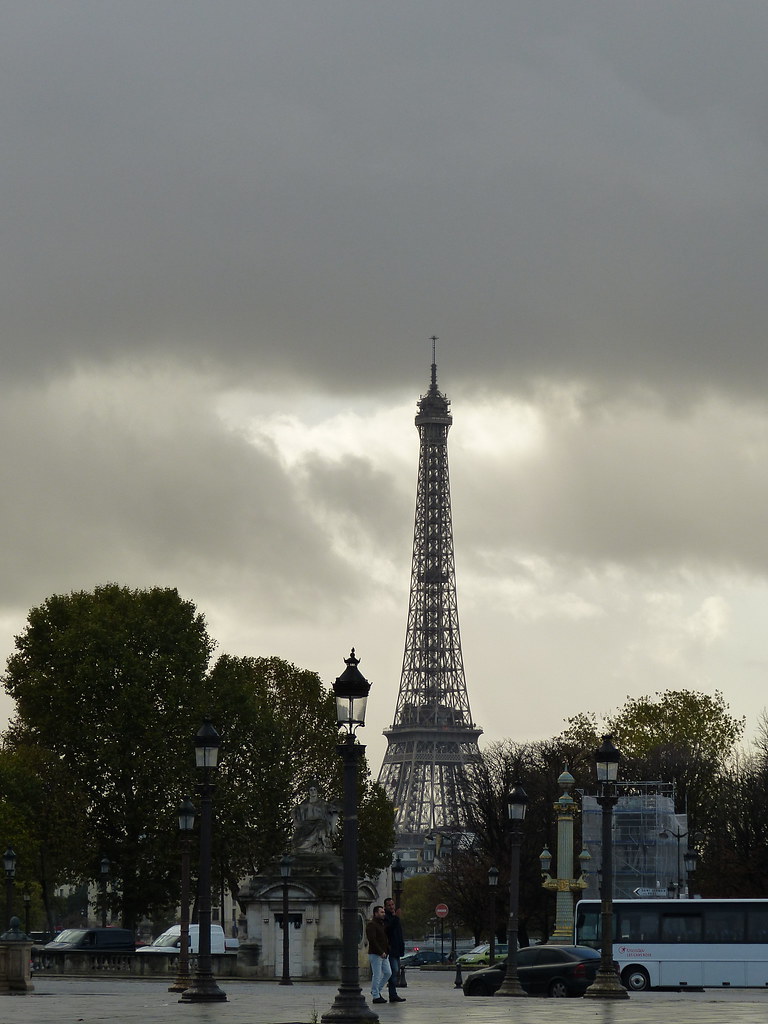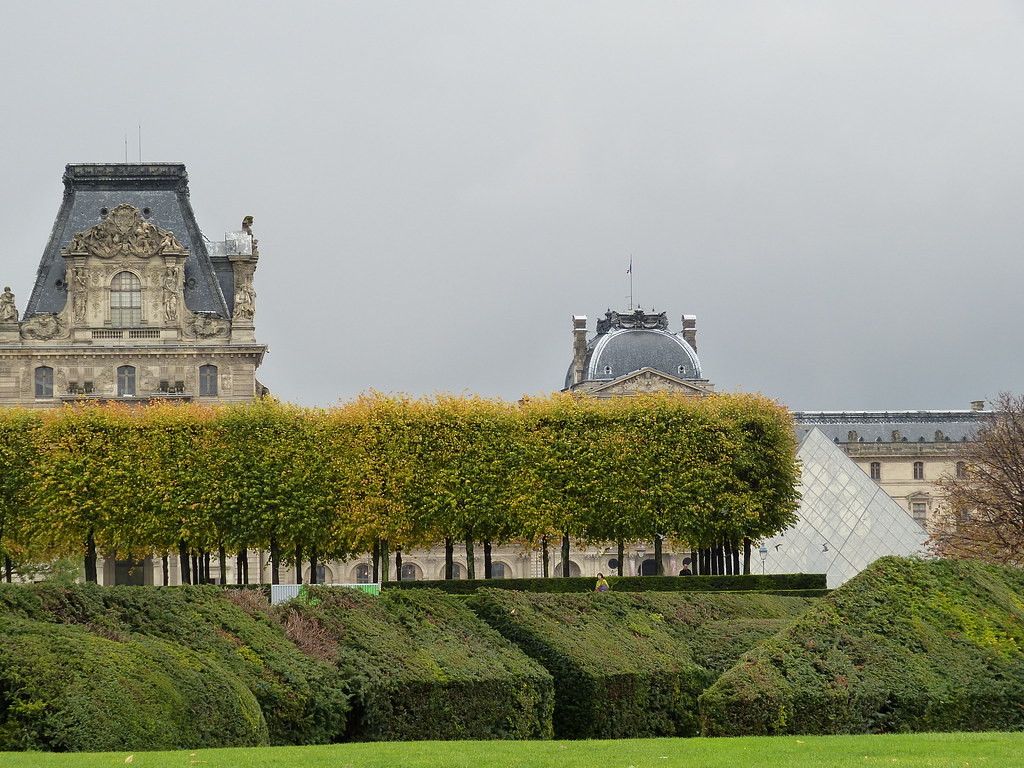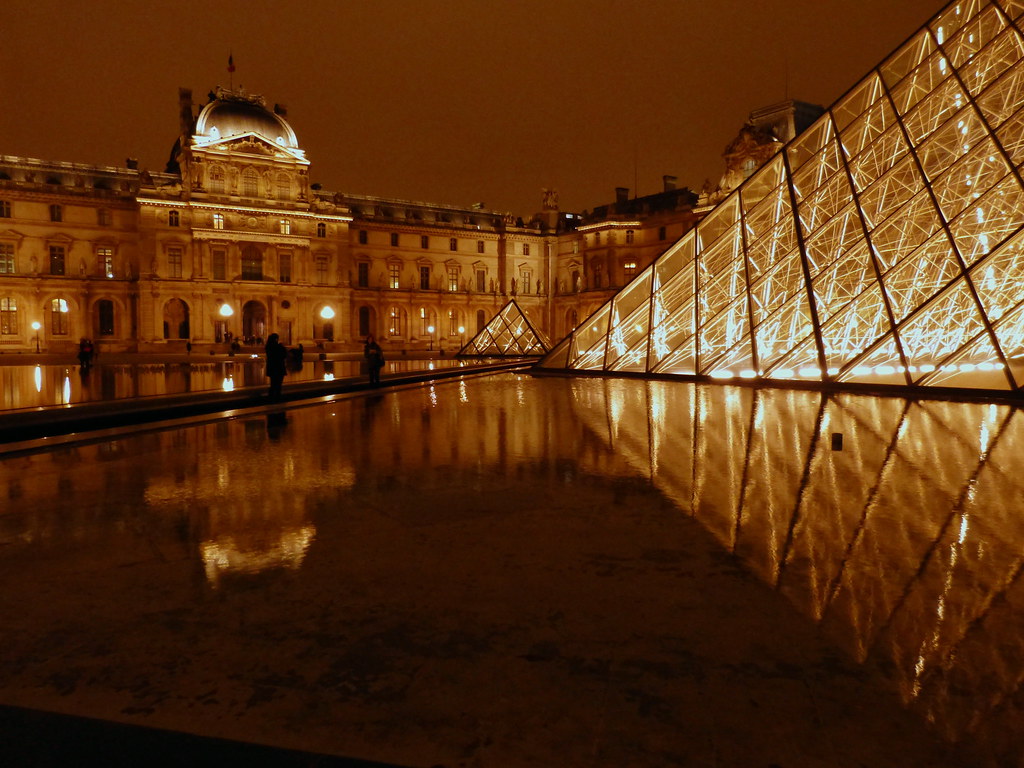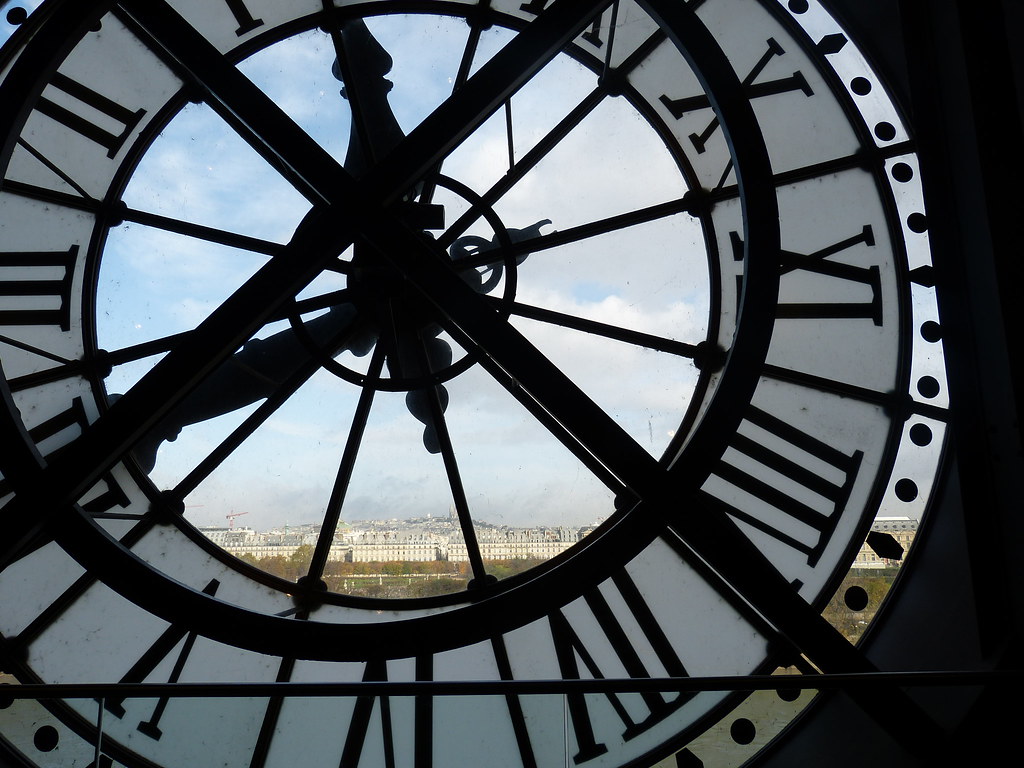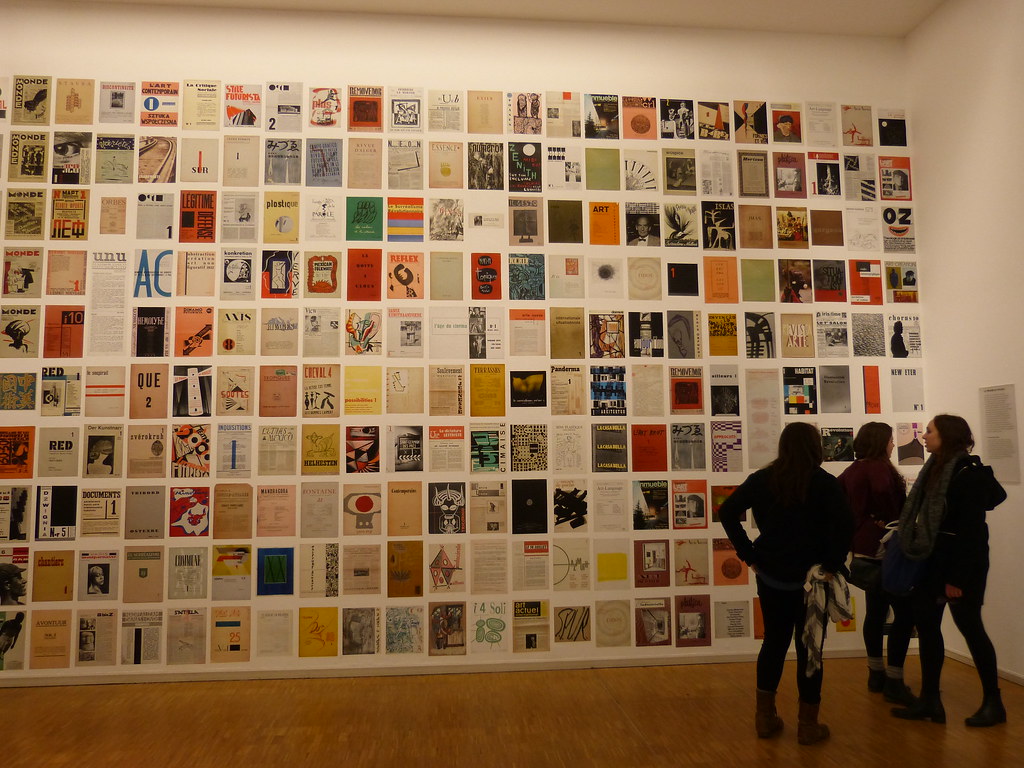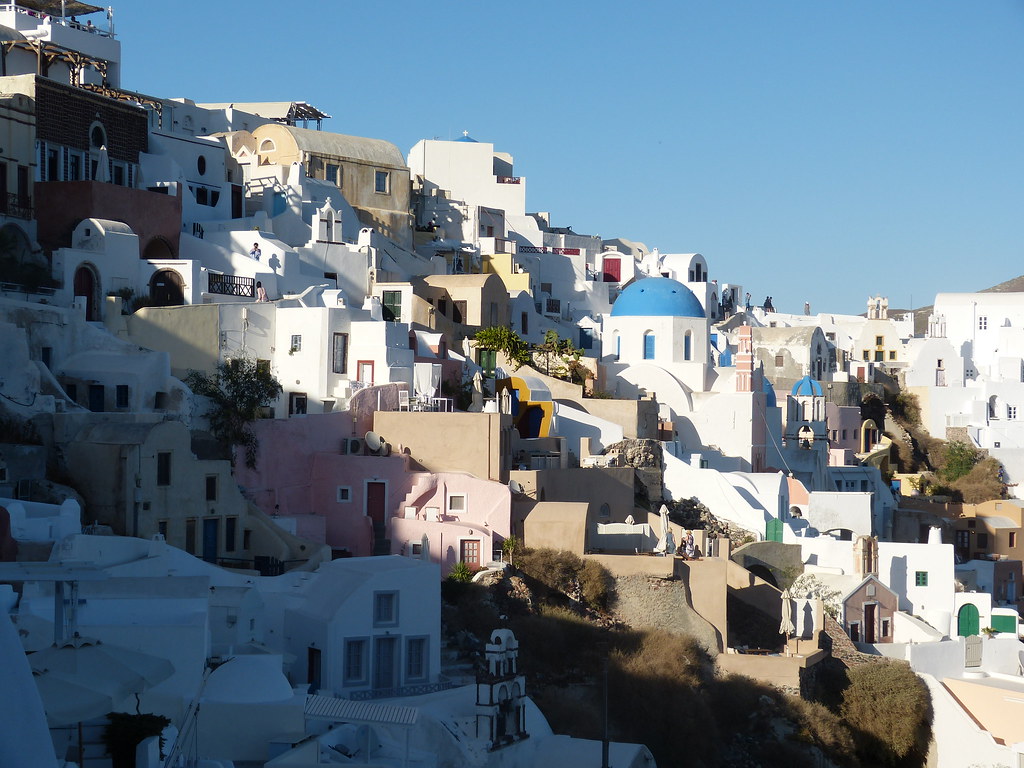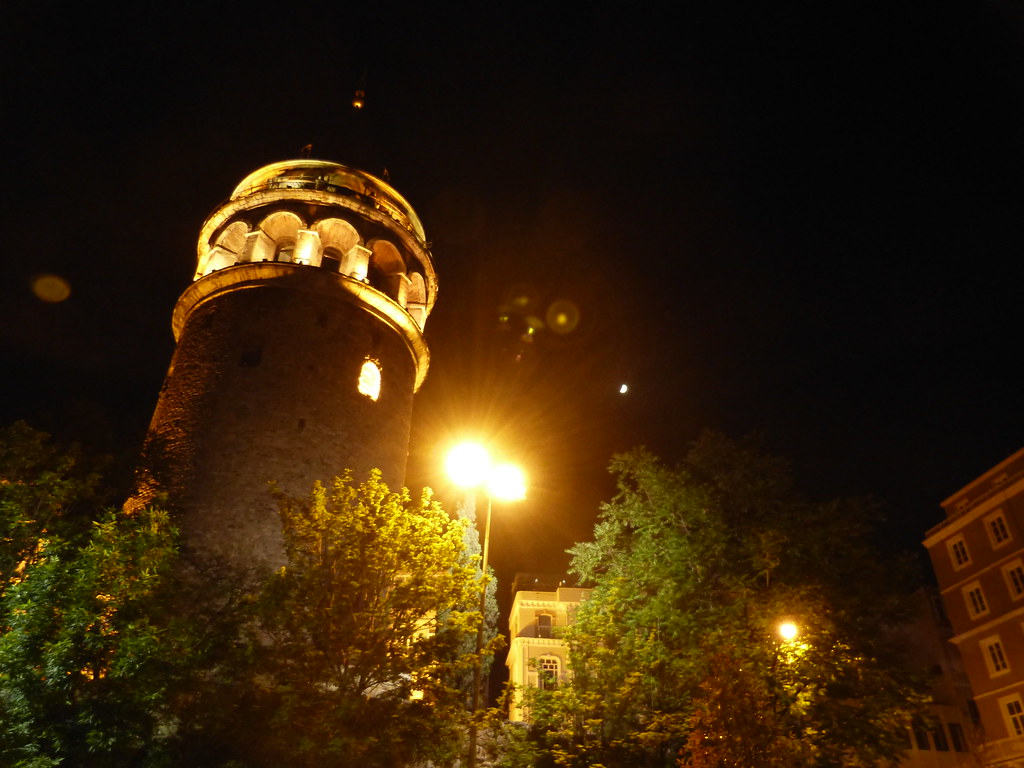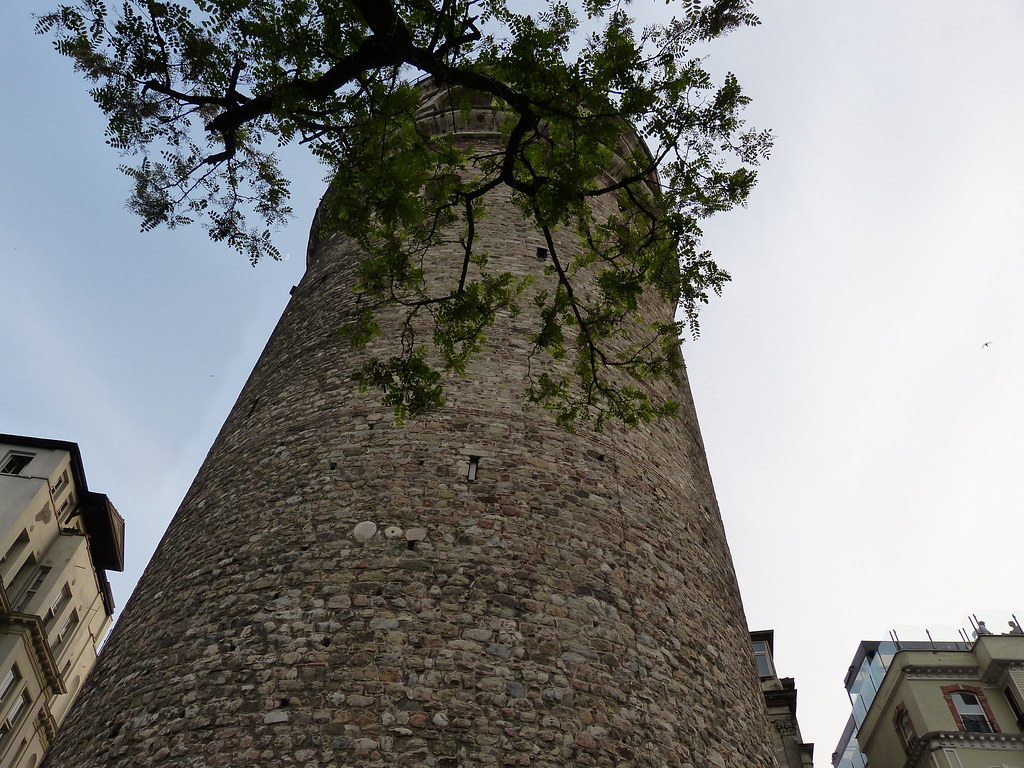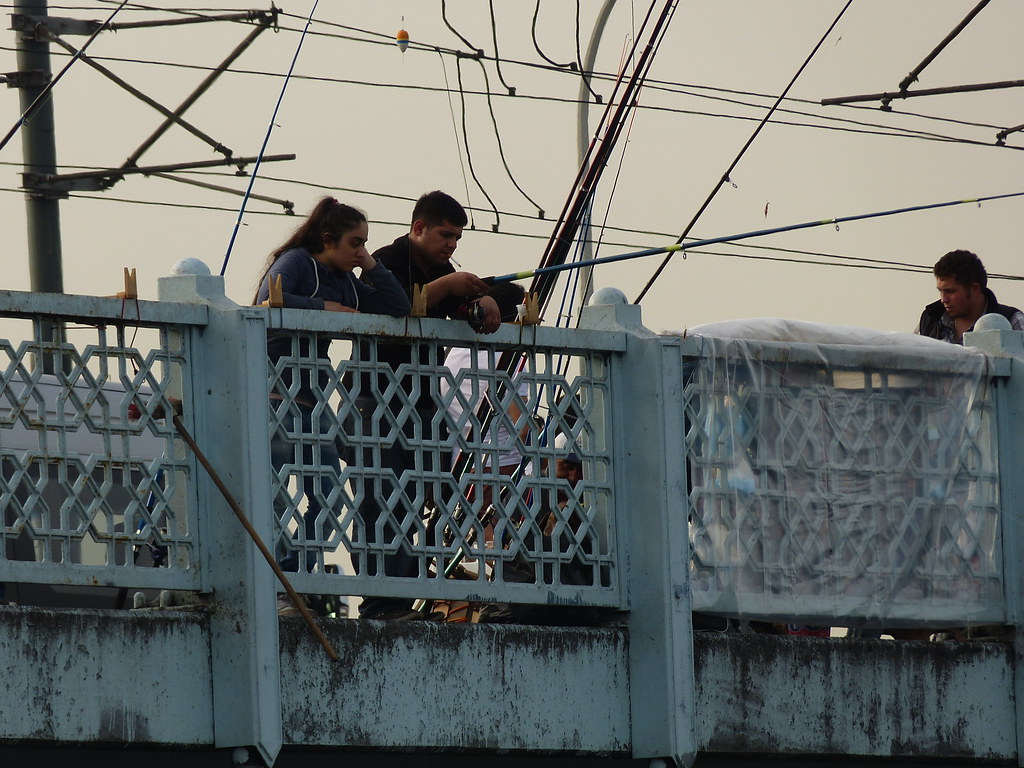Believe it or not, when I was in the Czech Republic a few years ago, I didn't go to Prague because I was visiting a couple of friends who live in the eastern part of the country, in a region called Moravia. There was so much to do there that I didn't feel like I missed out, saving Prague for my next trip to the Czech Republic.
I started my short trip from the city of Brno, the capital of Moravia. Brno is a typical central European city: churches have bell towers with onion-shaped roofs and cathedrals with many spires. The castle that dominates the city is worth visiting, but it's not mind-blowing, in my humble opinion. There weren't many tourists in Brno, and I often found myself using the few Czech words I had learned in those few days in restaurants or at the entrance of small museums. I entered the Capuchin Monastery, for example, trying to make use of the language section in my guidebook. Incidentally, that was one of the creepiest places I have been to in my whole life: the bodies of some mummified monks are on display here, and they are laid down in a natural position, unlike Egyptian mummies.
 |
| Brno, Cathedral of Saints Peter and Paul |
 |
| Bishop's Courtyard, Brno |
The old town hall has also left an impression on me, with its crocodile hanging from the wall at the entrance. As the legends say, the inhabitants of Brno have always thought it to be a dragon living somewhere in the surroundings, rather than a crocodile brought by an exotic visitor, perhaps a crusader or a Turkish sultan. I also remember eating smažený sýr (fried cheese) in a busy restaurant in the town centre, the most memorable meal I had in Czech Republic (or in Czechia, a term locals seem to prefer).
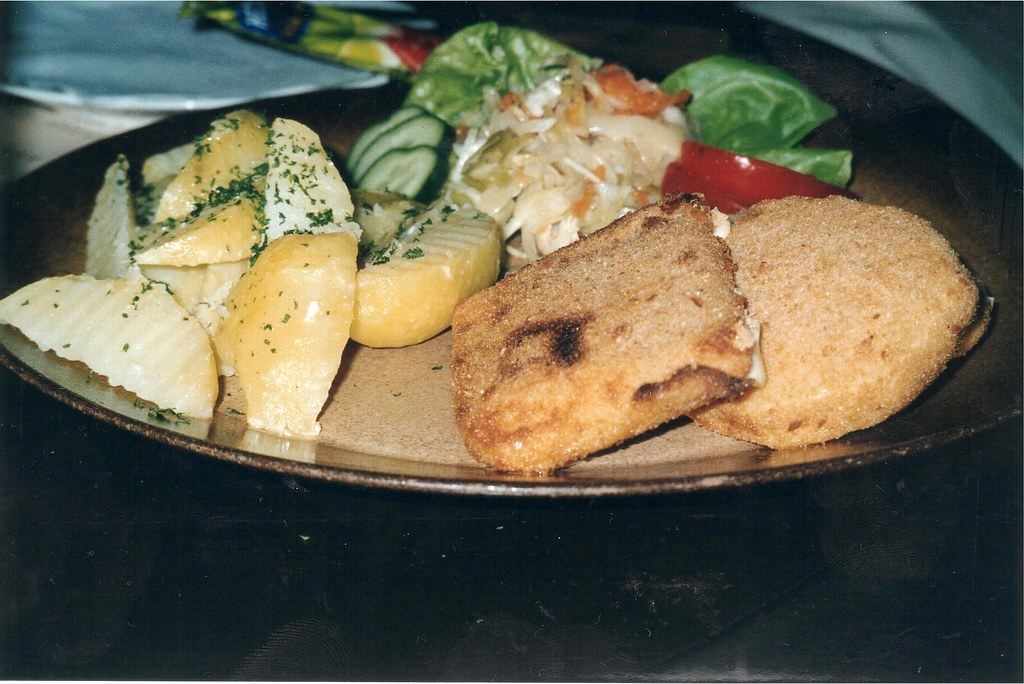 |
| Smažený sýr in Brno |
My friend also introduced me to other parts of her region. The place I liked the most and that I remember with a bit of nostalgia is Telč, which is a UNESCO-listed small town surroundedby a delightful lake. The main square is really cute, circled as it is by colourful Renaissance buildings and a portico with shops selling knick-knacks and souvenirs. There is also an English-style chateau that you can visit. More than read about the historical importance of this place, situated on a busy commercial route between Austria and Bohemia, however, the pleasure of being in Telč is all about the atmosphere. My friend Taňa's parents have a bed & breakfast in town, and I remember eating my salty breakfast in the morning. One of the things travellers have a hard time adjusting to, someone remarked on that occasion, are different breakfast habits. In Italy, for example, we always have a sweet breakfast, never salty.
I also visited the castle of Lednice, very close to the border with both Austria and Slovakia. Although I have visited quite a few castles in my life, I still remember a room decorated with blue wallpaper and a beautiful wooden spiral staircase. The cultural landscape of Lednice and Valtice is a landscape park built in the 18th and 19th century by the House of Liechtenstein, and it's often called the Garden of Europe. As a matter of fact, the family that gave its name to the small country had possessions in all of central Europe. Lednice and Valtics are located in a vast area with two castles, and many pavilions, ponds and things like that. Photographs were not allowed inside the castle, but I managed to retrieve one from flickr.
Moravia is a region of caverns and gorges, so my friends and I had a trip to the Moravský Kras, the Moravian Karst. There are also some excursions down an impressive gorge to be done, but it needed a booking we didn't have. Unfortunately, the guided tour of the caves was in Czech, and my friends had to translate everything back into English. Most of the tourists in this area of the country were Czech, or from neighbouring Slavic countries. I wonder if this has now changed, or if tourists here are mostly local people.
Another highlight of the trip was the visit to Třebíč, a village famous for its gothic basilica with its rose window, but also for its well-preserved Jewish quarter. The latter was a rather moving thing to visit: it was completely deserted, and so different from the lively Jewish area I am used to in Venice. The Jewish cemetery, in particular, was rather spooky, but fascinating. I am not used to seeing the tombstones written in Hebrew! I really felt the burden of a culture that has been lost, that of the Jewish people living in these areas of central Europe. Sadly, all the Jewish residents of this place have been deported during the Second World War, and there is none left. Another thing I noticed in this UNESCO-listed place is how much interaction there must have been between the Christian and the Jewish population of towns like Třebíč in the past, seen that the church and the synagogue were so close.
In conclusion, I think this post proves that it's important to go off the beaten path, and explore lesser visited regions, especially in a country like the Czech Republic which always gets praised because of its capital, Prague, but sometimes receives little credit for the rest.
